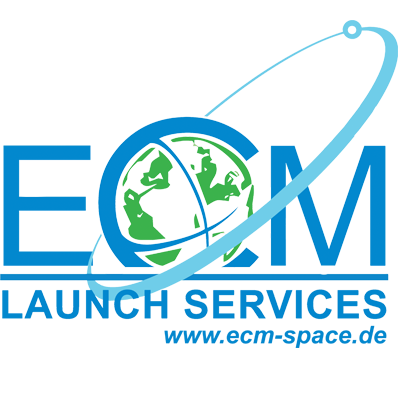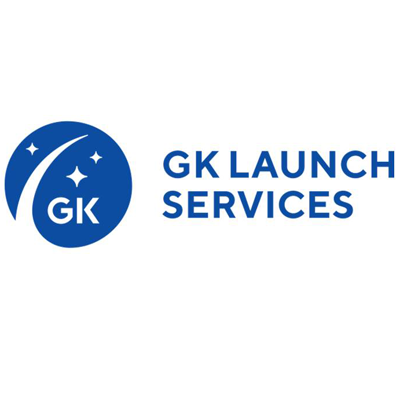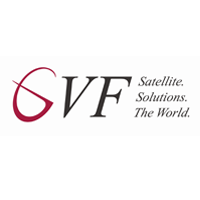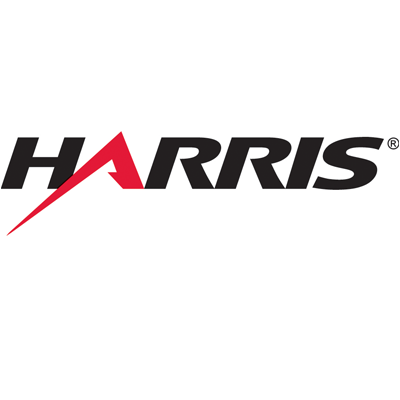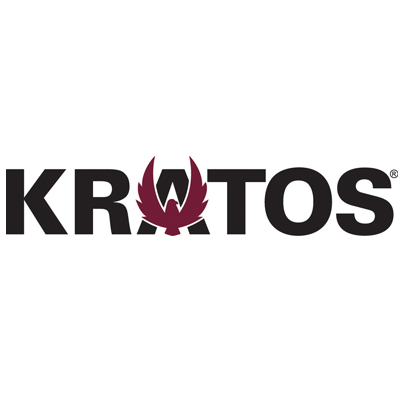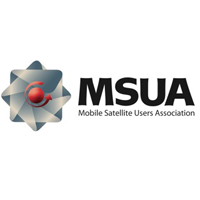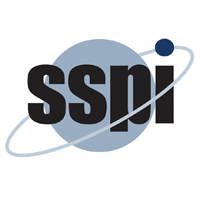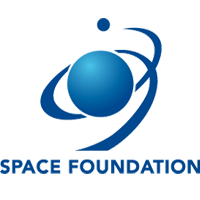Sessions & Networking
February 6th – February 8th
Day 1 — Tuesday February 6th, 2018
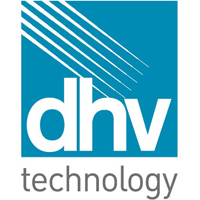
SmallSat M&A 2017: A Year in Review & trends to watch out for in 2018
Keynote — Dr. Hans Koenigsmann, Vice President of Build and Flight Reliability, SpaceX

Dr. Hans Koenigsmann leads the Build and Flight Reliability Team at SpaceX. In this role he is the executive leader of SpaceX’s quality engineering and process development teams and, oversees the launch readiness process during launch campaigns. He provides an independent assessment of launch risks, identifying and resolving anomalies during integration and launch itself. The Reliability teams resolve all major anomalies, evaluate and mitigate risk and perform hazard analyses and other functions on the vehicle system level.
He has more than 25 years of experience designing, developing and building complex avionics and guidance, navigation and control (GNC) systems for launch vehicles and satellites. As a member of SpaceX from the company’s inception in 2002, Hans built up the avionics, software and GNC departments and developed the launch readiness process currently in use during each launch campaign. He also designed the SpaceX risk mitigation process and initiated the risk database, establishing a similar process for system-level changes to the vehicle and ground systems. Dr. Koenigsmann was the Chief Avionics Architect of the Falcon 1 and early Falcon 9 efforts, and he is a key member of the small, core group of SpaceX engineers responsible for operating these vehicles on the launch pad and in orbit. He served as Launch Chief Engineer for the last 3 Falcon 1 missions and for most Falcon 9 flights to date.
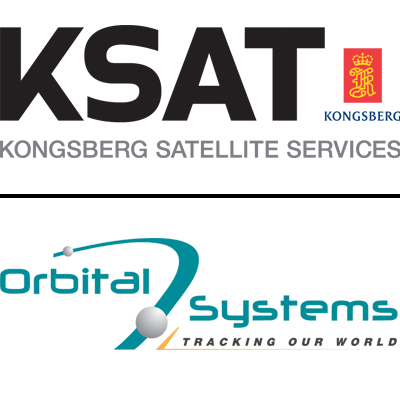
The Smallsat Industry – A Synopsis

Briefing – Space Debris
Briefing – Space Law and Policy
Earth Observation and Remote Sensing – What is the Market?
Launch Opportunities and Payload Differences

How NASA, Government, Universities and Research Institutes work with Industry.
Working with Prime Contractors
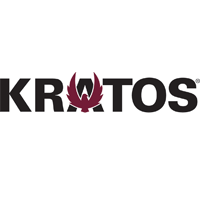
 Enjoy networking with all your colleagues while enjoying a fine glass of California wine, eating some tasty Hors d'Oeuvres and listing to the jazz ensemble of Suburu/Nervo.
Enjoy networking with all your colleagues while enjoying a fine glass of California wine, eating some tasty Hors d'Oeuvres and listing to the jazz ensemble of Suburu/Nervo.Day 2 — Wednesday February 7th, 2018
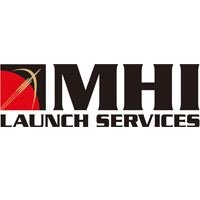
Market for Defense Applications
Keynote — Dario Zamarian, Group President, SSL

Mr. Dario Zamarian is Group President of SSL, a leading provider of innovative satellites and spacecraft systems. In this role, he is responsible for all of the markets for spacecraft systems that the company serves, including communications, remote sensing, scientific exploration, and U.S. Government Systems.
With an execution track record that spans Fortune 100 companies, Private-Equity firms, and VC-backed start-ups, Mr. Zamarian brings a wealth of experience in leading transformative growth and strategic leadership to SSL, where he works closely with the senior executive team to support the needs of satellite operators around the world and drive growth into new markets.

Ground Services and Networks

Briefing - Mobile Connectivity
Briefing – Smallsat Manufacturing: Staying Ahead of Technology
Constellations – Proposals and Implementation

Cloud Computing in Smallsat Constellations
Finance and Securing Capital
End of Day
WOMEN'S NETWORKING EVENT
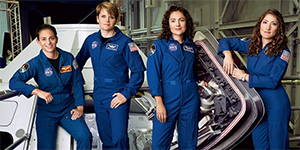
To be held from 4:30 PM to 6:00 PM at Cucina Venti Restaurant, 1390 Pear Avenue #Suite D, Mountain View, CA 94043. Join women in aerospace for a networking happy hour at Cucina Venti, just across the street from the Computer History Museum. Thanks to the sponsor, Bessemer Ventures for providing refreshments. All genders welcome.
Day 3 — Thursday February 8th, 2018

Spectrum Availability and Alternatives
Briefing – How to Grow Your Company - Securing Exceptional People








